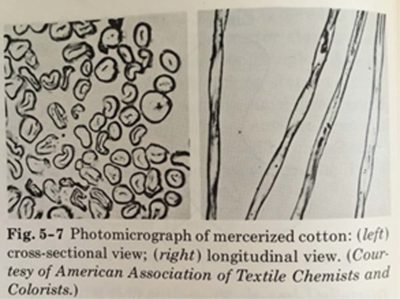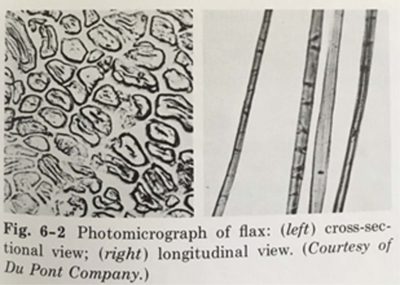Guest Post — On Cotton And Linen Rags
A requested piece from my long time friend and collaborator Michele Pagan, a textilian as long as I’ve been a woodworker. — DCW
Knowing that good rags are a foundational tool for the woodfinishing shop, my good friend and colleague, Don Williams, invited me to provide some comments regarding the characteristics of cotton and linen, both plant materials, for the woodworking community. I am delighted to share my decades of experience in the subject with you, and appreciate Don’s invitation.
If you are a savvy, practical shopper, as I know Don and I both are, you might look for pieces of cotton and linen in your local thrift store, or maybe even an antique shop. Pieces which are possibly already damaged are a very good idea, if your intent is to cut them up into smaller pieces, anyway, to use in various aspects of woodworking and maybe conservation.
Don’t be confused by labels that declare “Table Linens” or “Bed linens” – those are just generic terms which say nothing about whether the table napkins you are considering are actually made of linen. You could find genuine linen in the men’s shirt department – garments always include a fiber content label, which is very helpful in this case. My favorite thing to do is buy cotton flannel sheets, and then use them as table covering in my textile studio.
It’s not always obvious whether you are holding a piece of cotton or linen, for 3 main structural reasons: every fabric has a fiber, a weave structure, and a finish.
All together they can make cotton look like linen, and vice versa. Let’s look at each of these factors sequentially:
First the fiber, and maybe these 2 photographs will help illustrate the difference:

Cotton fiber, cross-section and longitudinal.

Flax cross-section and longitudinal view.
Cotton fiber under the microscope resembles a slightly twisted ribbon – which creates a softer, pliable surface texture. It also allows cotton to absorb a great deal of moisture, and this makes cotton stronger when wet, than when it is dry. Just try to rip apart a piece of wet cotton fabric!
Linen, on the other hand, resembles stalks of bamboo, stiff with crosswise nodes. It is because of this more orderly and stiff structure that linen is stronger than cotton – not terribly much so, but stronger. The strongest of all fibers is nylon, these days used commonly as one of the microfibers – but that is another topic for another day, or blog!

In fact, this chart shows you the abrasion resistance of many of today’s fibers. As you can see, there are many synthetic fibers which are stronger than either of the 2 cellulosics that we are discussing, but for our purposes, let’s just focus on flax (from which linen fabric is made) and the slightly less resistant to abrasion fiber, cotton.
In fact, the most basic test you can do – admittedly, not while you are in the store, though – is to place a drop of water on the surface of your used fabric. With linen, you can literally watch the water travel sideways down the length of the yarn.inally, let’s talk about the finish on the surface of any fabric. This is the final step in fabric manufacture, which gives it the beauty which is so desirable.
Normally, linen has a shinier, heavier feel than cotton. It has a nicer “hand” we say. Even though it gets wrinkled just as much as cotton, it has a more elegant drape to it and just feels heavier. Admittedly, this is an acquired skill – feeling the additional weight of linen vs cotton.
And… this is where finishes come in. Finishes can be added to cotton to make them appear shinier and smoother than linen, but often these finishes wash out. Certainly with cottons that are bought at antique and thrift shops, the finish may be completely gone. I’m thinking of fabrics like Polished Cotton, or even chintz, which are achieved by the addition of a shiny finish to the top surface of the cotton fabric.
Here’s a very good website, with reasonable prices, in case you just really need to order exactly what you need, rather than trying your luck at the local thrift shop.


Join the Conversation!